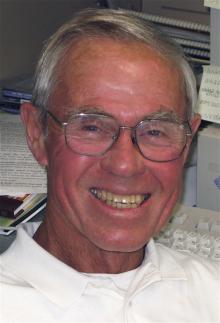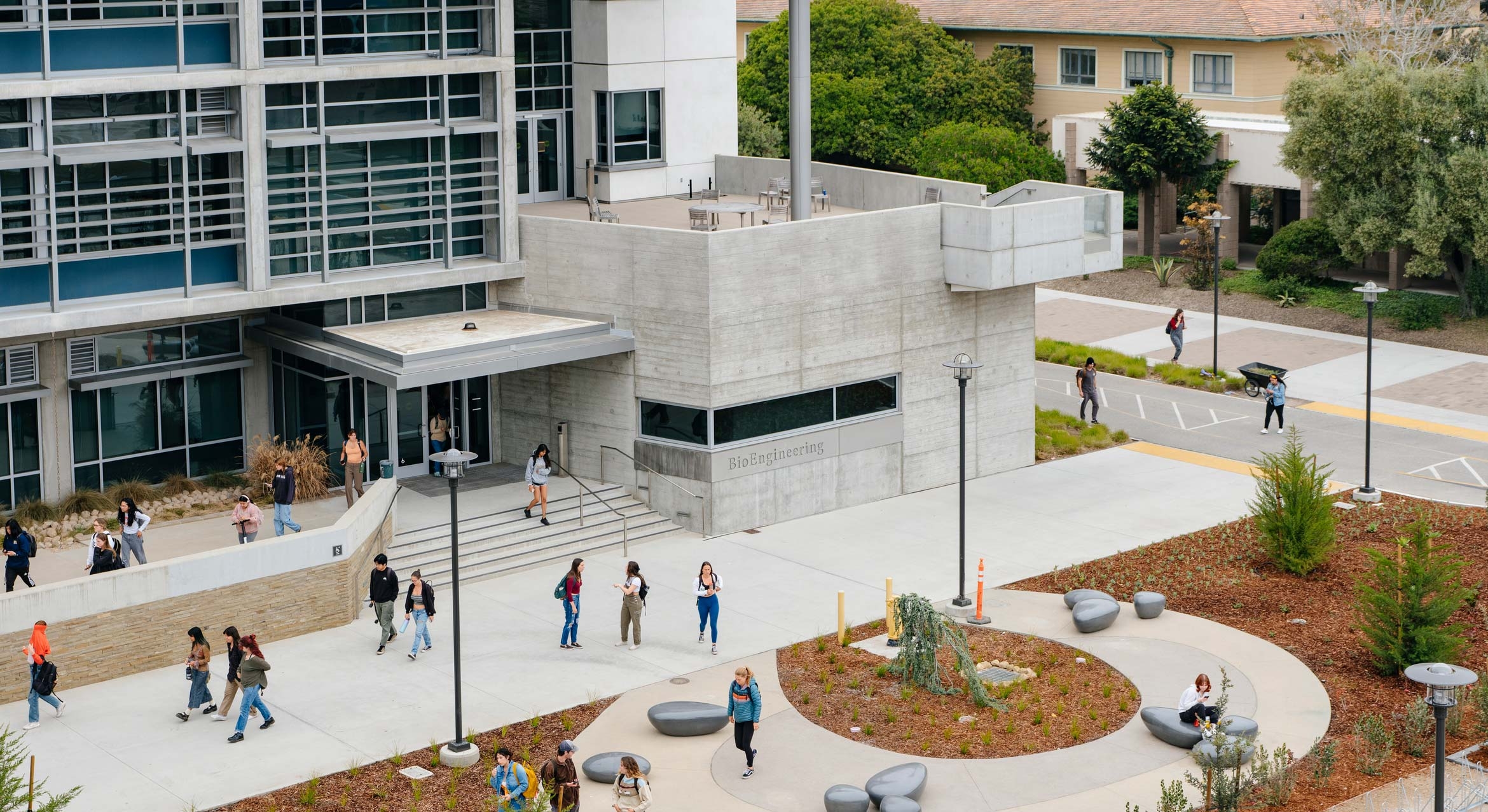
Stanton J. Peale, a professor emeritus renowned for his work in astrophysics at UC Santa Barbara, has been elected to the National Academy of Sciences. Peale was among 72 new members elected to the prestigious academy today in recognition of their distinguished and continuing achievements in original research.
Peale retired from the UCSB physics faculty in 1994, but the 72-year-old professor hasn't slowed a bit. He maintains an active, full-time research program from an office in Broida Hall where he pursues his study of the planet Mercury. His election brings to 30 the number of active UCSB faculty members elected to the academy.
The National Academy of Sciences is the country's most prestigious scientific organization, and election to membership in the academy is considered one of the highest honors that can be accorded a U.S. scientist or engineer. Those elected today bring the total number of active members to 2,150. The new members will be inducted into the academy next April at the group's annual meeting in Washington.
"We all share great joy and pride in the election of Professor Stan Peale to the National Academy of Sciences," said UCSB Chancellor Henry T. Yang. "Professor Peale is an inspiration to colleagues and students alike for his commitment to advancing scientific knowledge. This well-deserved honor is a meaningful recognition from his peers of Stan's pioneering research and unique contributions to planetary science."
Mark Srednicki, chair of the UCSB physics department, also praised Peale. "I'm extremely pleased to see Stan receive this well-deserved recognition of his scientific accomplishments," Srednicki said. "Astrophysics at UCSB has been growing by leaps and bounds in recent years, but the effort started many years ago with Stan, and his contributions have been essential. We wouldn't be where we are today without him."
Peale received a call early this morning from academy officials, who informed him of his election. "It was at 6 a.m.," he said during an interview in his office, "but that's OK, I'm typically up that early. It was quite a surprise.
"I'm overwhelmed," Peale said of his reaction to the news. "I feel like it's undeserved, but I will certainly relish the honor. And I will enjoy going to the meeting next year."
Peale's research recently showed that small wobbles in Mercury's orbit, revealed by Earth-based radar data, can only be explained if Mercury's core is at least partially molten. "This helps us refine our understanding of the process of planet formation, and the likelihood of habitable planets in other solar systems," Srednicki said.
"Mercury is quite interesting now," Peale said. "We have a spacecraft going there. Messenger has made two passes already, and it will make another pass in September, and then it goes into orbit in March of 2011. We're going to learn a lot about Mercury."
Peale said he also "dabbles" in extrasolar planets, or planets beyond our solar system. "I will continue to look at the dynamics of those as well," he said.
Stanton J. Peale received his Ph.D. in astronomy from Cornell University and was assistant professor of astronomy at UCLA before being lured to the Department of Physics at UCSB in 1968. He has had a distinguished career as an expert in planetary science. In 1982, he received the James Craig Watson Medal from the National Academy of Sciences for his contributions to our understanding of the dynamics of solar-system bodies, especially for his calculations leading to the prediction of volcanic activity on Jupiter's moon Io. This was verified by dramatic photographs sent back from the two Voyager missions in 1979.
Related Links



